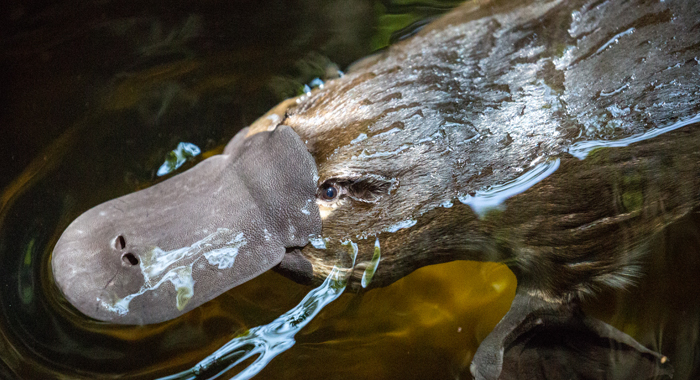
Landholders along Laidley Creek in Queensland’s Lockyer Valley are being invited to play sleuth and help locate resident platypus by searching for the genetic traces they leave.
Environmental DNA (eDNA) is a relatively new technique for monitoring wildlife that uses the tiny fragments of genetic material that animals leave behind as they move through their environment to track their presence.
The elusive platypus, which shed relatively large amounts of DNA into the water as it goes about its business, make for the perfect candidates.
The survey will be used to build a picture of the local platypus population which little is known about. This will be used to help identify and prioritise conservation efforts to assist the species, such as restoration and reconnection of vital riverside habitat and erosion control.
“Currently we don’t know a great deal about what is happening with platypus in Laidley Creek. There are some past records of platypus in the Lockyer but they are very limited, particularly when it comes to some of the smaller creeks,” says Liz Gould, Principal Scientist at Healthy Land & Water and Board Member of the Great Eastern Ranges.
“We are interested in finding out how the local platypus population is faring, particularly post the 2019-2020 bushfires which we know impacted water quality, and if and how they are using the creek. The survey will help us to get an understanding of what is happening with platypus in the area and to identify opportunities to improve habitat and connectivity.”
Laidley Creek was selected as the first survey site due to its being one of the Lockyer Valley’s priority catchments. Significant investment has already been channelled into managing, restoring and protecting the creek by Healthy Land & Water in partnership with government, community and landholders. If successful, the eDNA survey may be extended into other areas.
Platypus are good indicators of water quality, so the results will also help give ecologists an indication of how successful previous conservation efforts have been.
To kick off the project, Healthy Land & Water is hosting a free platypus workshop for the Lockyer community at Mulgowie Hall on 20 February 2022. Guest speaker and local ecologist Tamielle Brunt from the Wildlife Preservation Society Queensland’s PlatypusWatch Network will introduce locals to the species and her research as well as demonstrate how to sample for eDNA.
Landholders and other interested community members must RSVP for the workshop at www.eventbrite.com.au/e/finding-platypus-in-the-lockyer-tickets-257719264257
The project is being funded through a partnership between the Great Eastern Ranges and the International Fund for Animal Welfare (Australia) as part of a broader bushfire recovery effort.
Other project partners include the Lockyer Uplands Catchments Inc. and the Lockyer Valley Regional Council.
“The task of recovering from the Black Summer bushfires is immense and cannot be achieved by one person or group. By engaging locals and providing them with the information and tools to understand more about wildlife in their area, the community is empowered to be a part of the solution,” IFAW Landscape Conservation Program Officer Wendy Simpson said.



 Article
Article